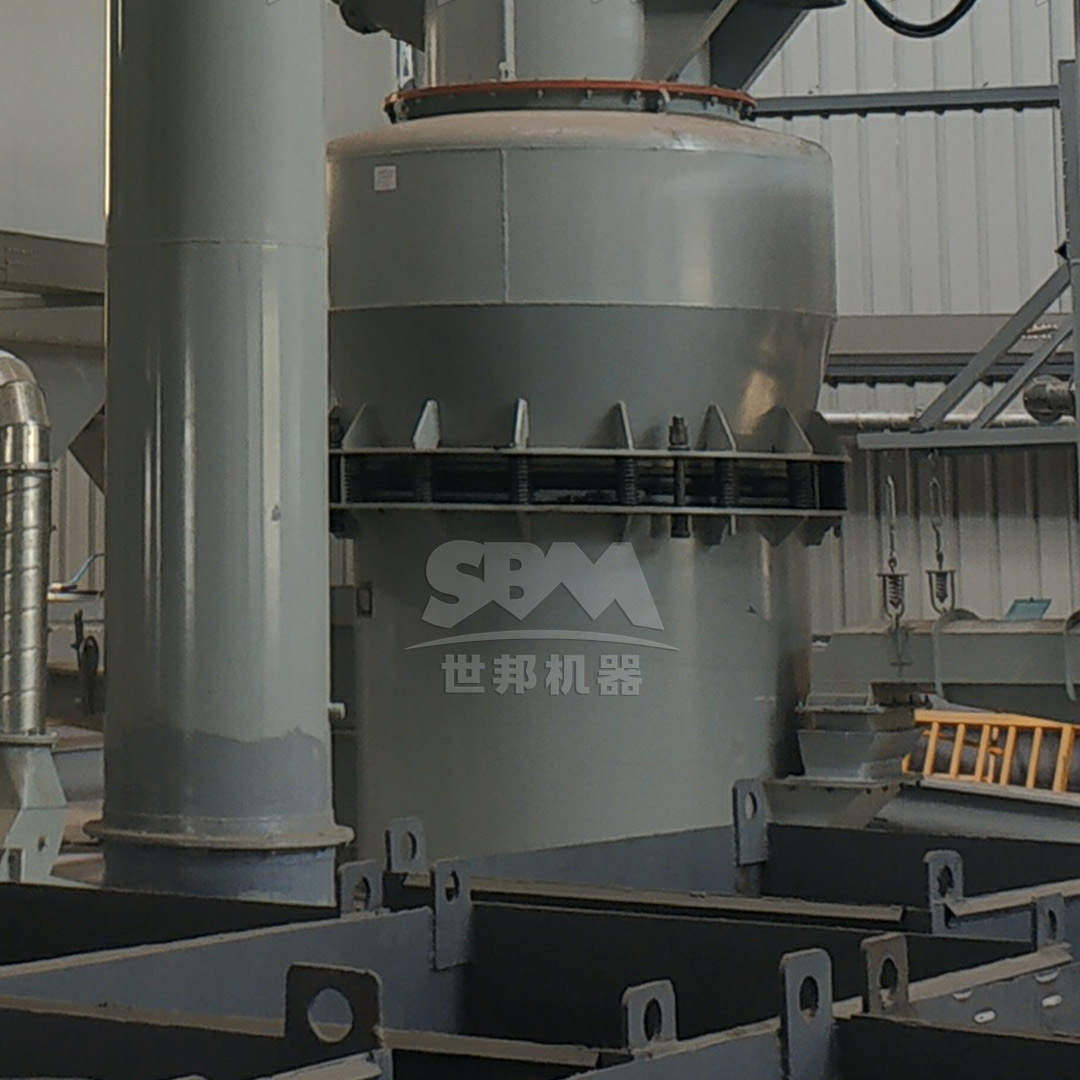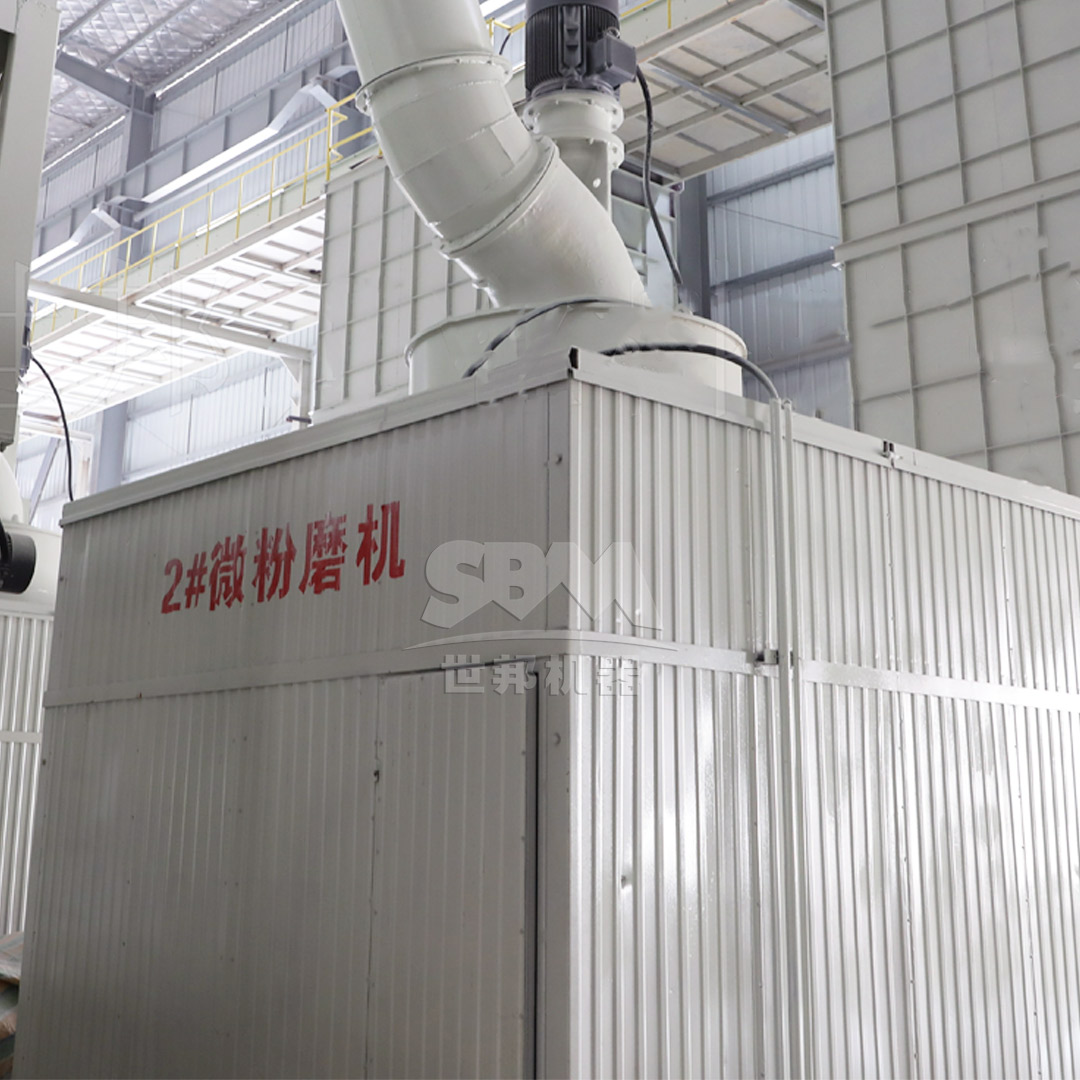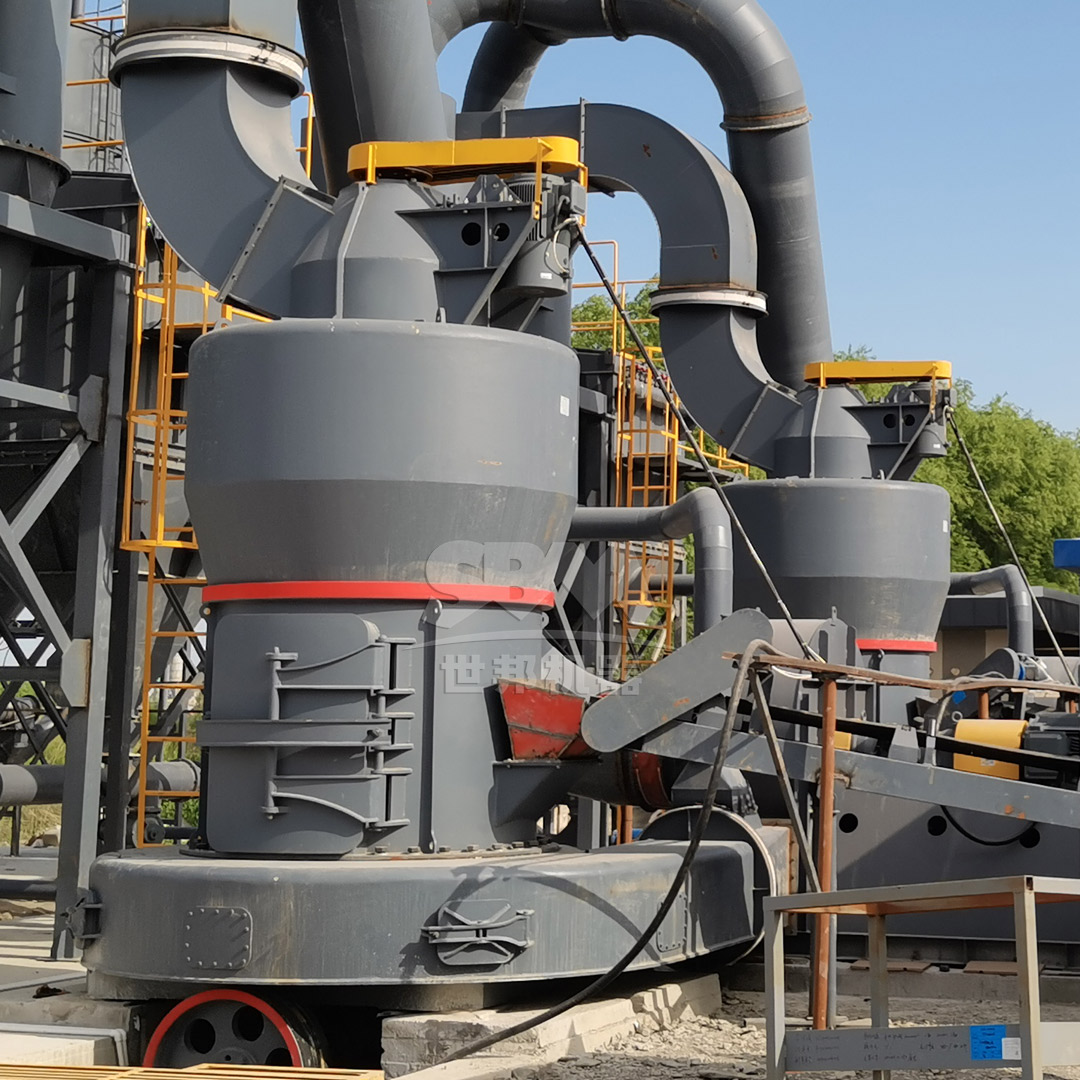Selecting the appropriate grinding machine is a critical decision that directly impacts production efficiency, product quality, and operational costs. With numerous grinding technologies available, each designed for specific material characteristics and output requirements, making an informed choice requires careful consideration of multiple factors. This comprehensive guide will walk you through the key parameters and technical considerations to help you identify the ideal grinding solution for your application.
The physical and chemical properties of your raw material significantly influence the choice of grinding equipment. Consider the following material aspects:
The target particle size distribution is perhaps the most crucial factor in machine selection. Grinding machines can be broadly categorized by their output fineness capabilities:
| Fineness Range | Application Examples | Suitable Machine Types |
|---|---|---|
| Coarse Grinding (1-5mm) | Aggregates, mineral processing | Hammer Mills, Ball Mills |
| Medium Grinding (45-600μm) | Cement, chemical powders | MTW Series, MTM Series, LM Series |
| Fine Grinding (10-45μm) | Fillers, industrial minerals | LM Fine-powder Series |
| Ultrafine Grinding (1-10μm) | High-value chemicals, advanced materials | SCM Series, LUM Series |
Your required throughput rate will determine the machine size and configuration. Consider both current needs and future expansion plans. Production capacity in grinding machines is influenced by:
It’s essential to select a machine that can handle your peak production requirements without being significantly oversized, which would increase both capital and operating costs.
Grinding operations typically account for a substantial portion of industrial energy consumption. When evaluating grinding machines, consider:
Impact-based grinders, such as hammer mills, utilize high-speed rotating elements to fracture materials through impact forces. These machines are suitable for coarse to medium grinding of non-abrasive materials and offer high reduction ratios.
Compression grinding machines, including roller mills and certain vertical mills, apply pressure to material beds between grinding surfaces. This method is highly efficient for medium to fine grinding and typically offers lower energy consumption compared to impact grinding for similar applications.
Attrition mills utilize the rubbing action between grinding media or between media and liners. Ball mills are the most common example and are versatile machines capable of handling a wide range of materials and fineness requirements.
For applications requiring sub-micron particles, specialized technologies such as fluidized bed jet mills, agitated media mills, or advanced mechanical mills like our SCM Ultrafine Mill are necessary. These machines incorporate precise classification systems to ensure narrow particle size distributions.

For mineral processing applications requiring high capacity and reliability, the LM Series Vertical Roller Mill offers significant advantages. With capacities ranging from 3-250 tons/hour and the ability to handle feed sizes up to 50mm, these mills provide excellent performance for limestone, phosphate, and other industrial minerals. The integrated drying capability is particularly valuable for moist materials, while the low specific energy consumption reduces operating costs.
Key benefits for mining applications:
For applications requiring precise control over particle size distribution in the fine to ultrafine range, our SCM Ultrafine Mill represents the ideal solution. With output fineness ranging from 325 to 2500 mesh (D97 ≤ 5μm) and capacities from 0.5 to 25 tons/hour, this machine combines high precision with operational efficiency.
The SCM series incorporates several advanced features specifically beneficial for sensitive applications:

For cement raw meal grinding, slag processing, and similar applications, the MTW Series European Trapezium Mill offers robust performance with capacities from 3-45 tons/hour. The curved air channel design reduces energy loss while the wear-resistant components extend maintenance intervals, making it ideal for abrasive materials.
For large-scale production of industrial minerals such as calcium carbonate, talc, or barite, the LM Series Vertical Roller Mills provide unmatched efficiency. With specific energy consumption 30-40% lower than traditional ball mill systems and significantly reduced footprint, these mills represent the state-of-the-art in mineral grinding technology.
| Parameter | Ball Mill | Vertical Roller Mill | Ultrafine Mill | Trapezium Mill |
|---|---|---|---|---|
| Typical Feed Size | ≤25mm | ≤50mm | ≤20mm | ≤35mm |
| Output Fineness | 0.074-0.8mm | 30-600 mesh | 325-2500 mesh | 45-325 mesh |
| Capacity Range | 0.65-450 t/h | 3-250 t/h | 0.5-25 t/h | 3-22 t/h |
| Energy Efficiency | Medium | High | Very High | High |
| Noise Level | High | Medium (≤80dB) | Low (≤75dB) | Medium |
| Footprint | Large | Compact | Compact | Medium |
Modern grinding machines incorporate sophisticated control systems that optimize operation and ensure consistent product quality. Look for features such as:
Environmental considerations are increasingly important in equipment selection. Key features to evaluate include:
Consider the long-term maintenance requirements and service accessibility of potential grinding systems. Features such as modular roller assemblies, hydraulic adjustment systems, and accessible wear parts can significantly reduce downtime and maintenance costs.

A recent installation of our SCM1000 Ultrafine Mill in a ground calcium carbonate production facility demonstrates the capabilities of modern ultrafine grinding technology. The system processes 20mm limestone feed material to produce 1250 mesh coating grade calcium carbonate with the following performance metrics:
The installation replaced an older ball mill system, resulting in 45% energy savings and 60% reduction in grinding media consumption while improving product quality consistency.
Selecting the right grinding machine requires careful analysis of your specific material characteristics, production requirements, and operational constraints. By understanding the capabilities and limitations of different grinding technologies and matching them to your application needs, you can optimize both capital investment and long-term operating costs.
For ultrafine grinding applications where precision and energy efficiency are paramount, our SCM Ultrafine Mill series offers exceptional performance with output fineness down to 5μm and industry-leading energy efficiency. For high-capacity applications requiring robust performance with medium to fine grinding, the LM Series Vertical Roller Mills provide reliable operation with significantly reduced operating costs compared to traditional technologies.
We recommend consulting with our technical experts to conduct a comprehensive analysis of your specific requirements and identify the optimal grinding solution for your operation.